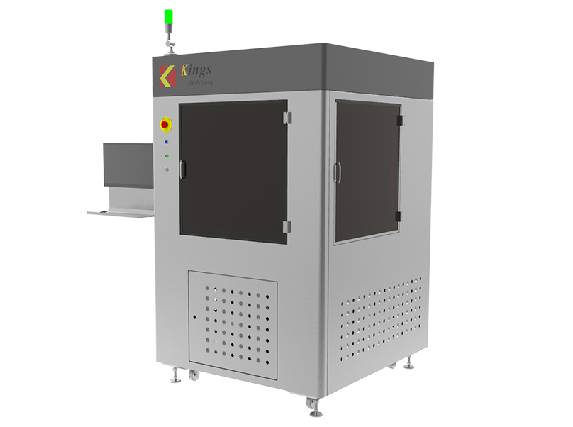Here is the 3D Printer Supplier to introduce you to the application range of 3D printers
3D printing technology, also known as additive manufacturing technology, the basic principle of this technology is based on the two-dimensional cross-section information obtained by slicing three-dimensional solid parts, using points, lines or surfaces as the basic unit for layer-by-layer manufacturing, and finally obtain Physical parts or prototypes. Additive manufacturing is different from the traditional subtractive and equivalent material manufacturing methods. It can realize the manufacture of complex structural parts that traditional methods cannot or are difficult to achieve, and greatly reduces the processing procedures and shortens the processing cycle. Therefore, it has been approved by researchers from all over the world. Widely concerned, the application scope covers various fields such as automobile, aerospace, daily consumer goods, medical treatment, education, architectural design, toys, etc., and has broad market prospects.

3D Printer
The technical principles of 3D printing are roughly divided into four aspects:
①Collect and digitize the image information of printed matter
②Processing and transformation of image data information
③Using data information for 3D printing
④Post-processing and performance evaluation of printed matter.
Here is an introduction to their applications in various fields:
1. The application of 3D Printing in the medical industry-increasing certainty and confidence for practitioners in the medical industry
The application of 3D printing in orthopedics mainly includes the following seven aspects:
①Preoperative planning, such as printing of preoperative lesion models
②Make surgical navigation template to assist accurate operation
③Customized personalized prosthesis and implant
④Customized external fixation brace
⑤Development of new surgical instruments to meet the needs of special diseases and patients
⑥ Tissue engineering scaffolds are conducive to the personalized application of regenerative medicine
⑦Research on drug development, release and dosage form. 3D printing technology is different from traditional cutting and casting technology: it not only changes the physical structure of the product, but also can be customized according to individual needs to achieve complete matching of the material and the diseased part, and it can carry cells and biologically active microspheres. In situ printing of bone defect. These characteristics determine that the technology has broad application prospects in the field of biomedicine.
2. 3D printing manufacturing special auxiliary tools
Using 3D printing to manufacture auxiliary tools, especially for tools with small demand, high precision requirements, and flexible contact surfaces, can maximize production costs.
3. Application of 3D printing in direct use parts
The combination of 3D scanning and 3D printing completes the solution from design to manufacturing. Simple and efficient.
4. The application of 3D printing in architecture-reducing reliance on time and labor-intensive models
Previous: AQE Die Collar
Next: These Three Parts of the Meltblown Machine Determine The Filtering Effect of The Mask!
Copyright:@2020-2021
Comments Please sign in or sign up to post.
0
0 of 500 characters used